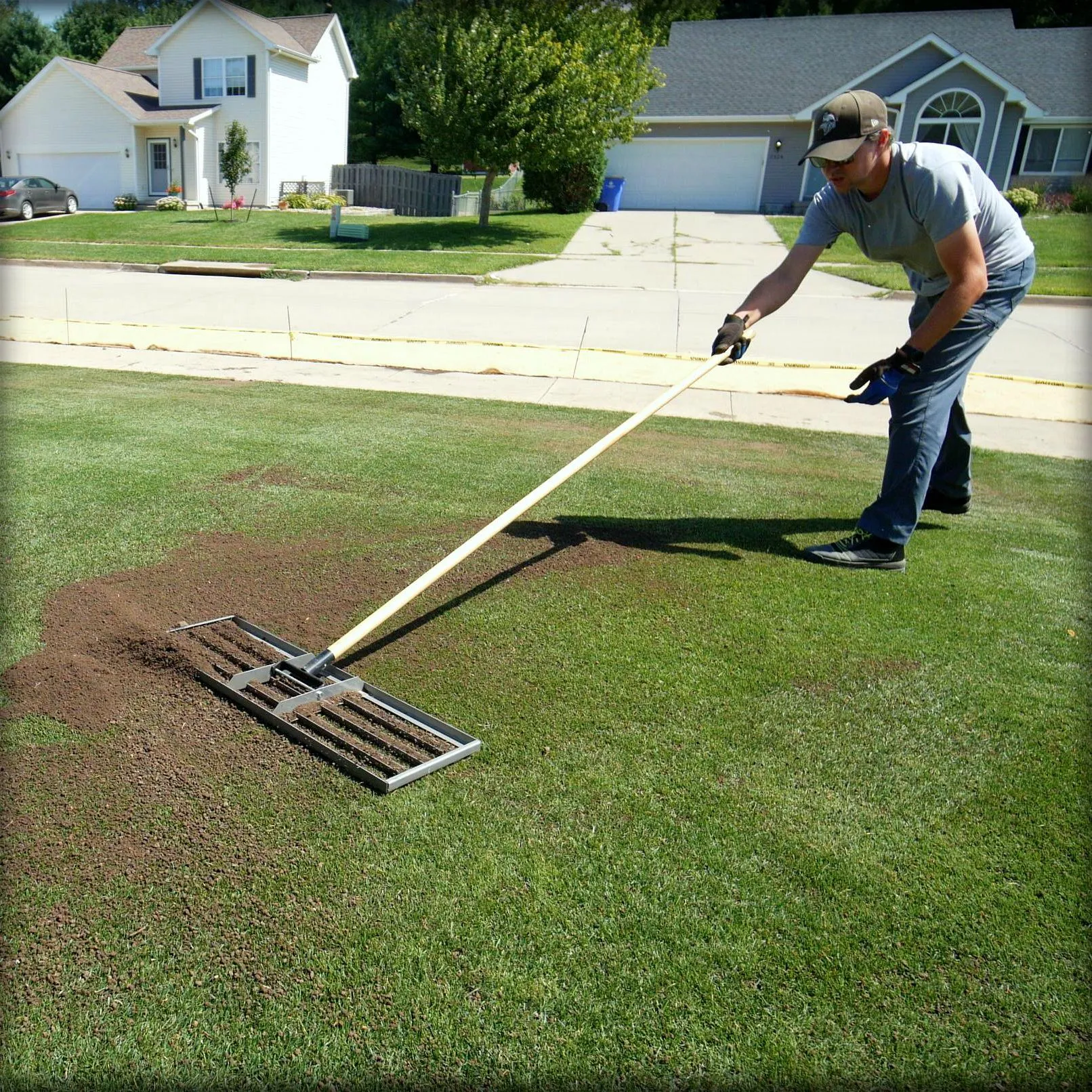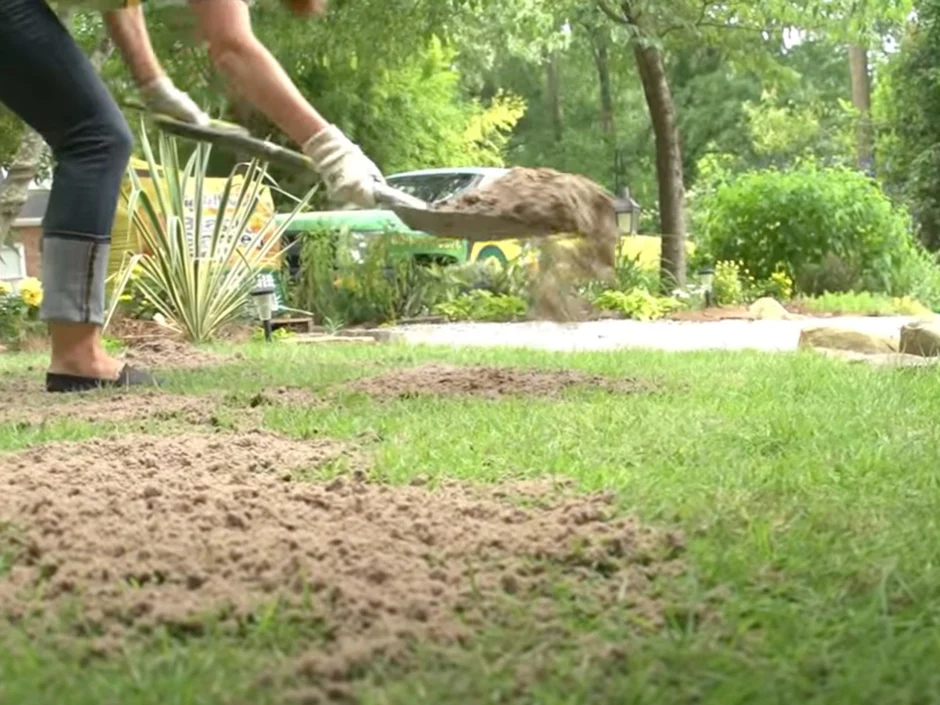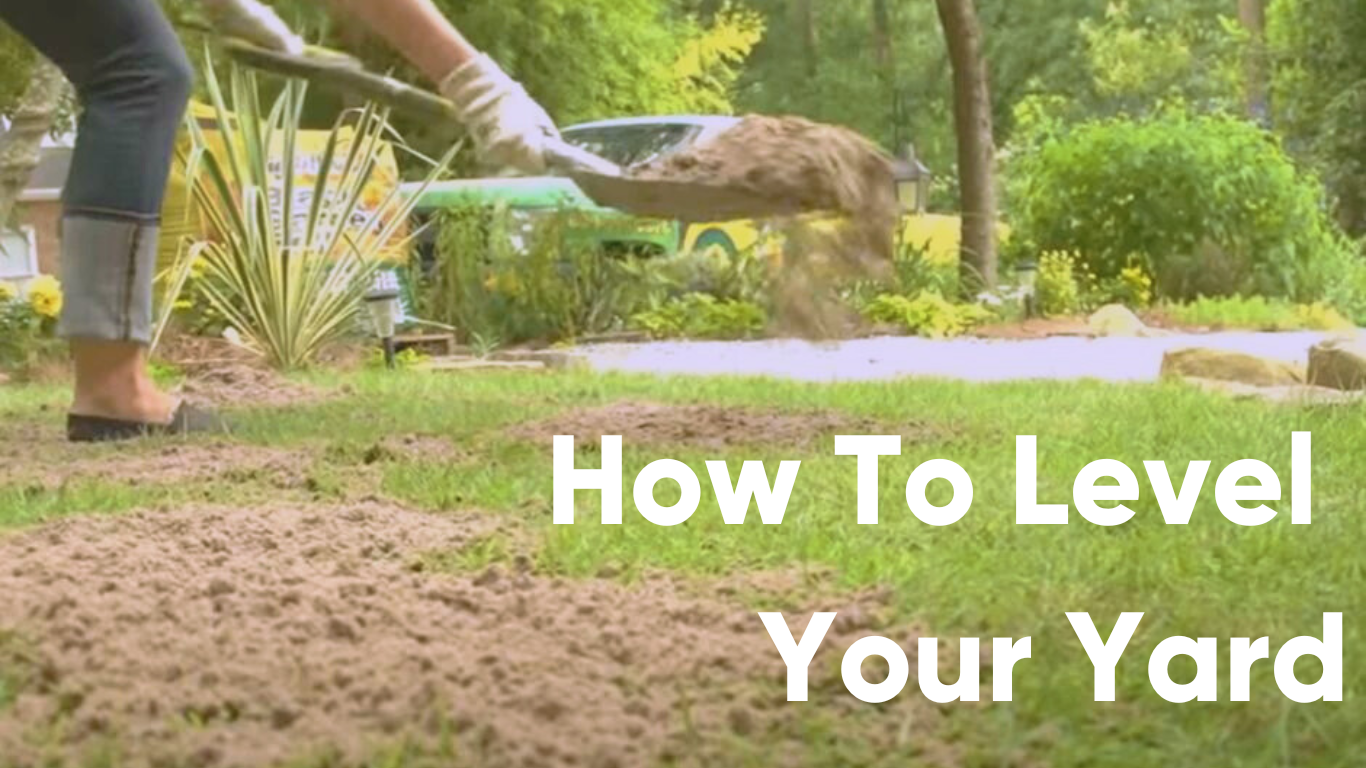Ever found yourself standing in the middle of your yard, staring down at a lawn more resembling a moonscape than the lush green carpet you dreamed of? You’re not alone. The Importance of a Level Yard for Home and Landscape cannot be overstated. Ensuring your yard’s levelness transcends mere visual appeal; it’s vital for safeguarding your abode’s base against moisture harm and maintaining uniform safety throughout.
A perfectly level lawn might seem like an unattainable dream, especially when facing issues like soil erosion or uneven ground that turns into miniature lakes with every rainstorm. But fear not! With some know-how and elbow grease, transforming that bumpy expanse into smooth greenery is within reach.
Last year alone saw countless homeowners grappling with drainage problems due to poorly leveled yards—a testament to how widespread this issue can be. Yet what stands between many property owners and their ideal outdoor space isn’t insurmountable obstacles but rather actionable knowledge paired with a dash of determination.
If you want a level lawn quickly and affordably give us a call for a free quote

Credit Ryan Knorr
Table Of Contents:
- The Importance of a Level Yard for Home and Landscape
- Preventing Foundation Damage
- Enhancing Landscape Aesthetics
- Step-by-Step Guide to Leveling Your Lawn
- Addressing Common Lawn Problems in Georgia
- FAQs About How to Level a Yard
- Conclusion
The Importance of a Level Yard for Home and Landscape
Let’s talk yards. Not just any yard, but a level one. It might not sound like the most thrilling topic at first blush, but trust me, it’s more crucial than you’d think.
Preventing Foundation Damage
A level yard isn’t just about looking good; it’s your home’s unsung hero in preventing foundation damage. Think of your yard as the guardian that stands between your house and water damage nightmares.
A level yard provides stability to the outdoor landscape, keeping unwanted moisture away from your home’s foundation. Let that sink in for a moment—water seeping into places it shouldn’t be is bad news bears for any homeowner.
We’re talking real potential headaches here: moisture buildup can weaken foundations over time, leading to cracks or even structural failure if left unchecked. And let me tell you, fixing water damage can burn quite the hole in your pocket.
- Improper leveling leading to moisture buildup?
- Poor drainage creating standing water issues? Yep.
- Gardens turning into swamp lands? Oh boy.
Tackling Water Problems Head-On
To prevent these scenarios, start by making sure there are no low spots where water could pool near your home’s foundation. A quick tip? Keep an eye out after rainstorms and see where puddles form—they’re clues on where work may be needed.

Credit Bob Vila
Enhancing Landscape Aesthetics
Beyond saving yourself from future headaches (and bills), there’s another big reason to keep things leveled: aesthetics. An uneven lawn looks neglected and can really drag down curb appeal—not exactly what we want when trying to create inviting outdoor spaces.
- An even lawn does wonders:
- Makes mowing easier – goodbye awkward angles.
- Gives gardens & landscaping projects room to shine instead of being overshadowed by bumpy terrain.
- Lets recreational areas truly become enjoyable without tripping hazards or pools of mud derailing fun activities.
- In short: A flat canvas lets all elements – grass, trees, patios, playsets – come together seamlessly. No more worrying about whether guests will twist an ankle during backyard BBQs. P.S.: Did I mention how much simpler furniture setup becomes? Imagine chairs that don’t wobble – blissful.
Step-by-Step Guide to Leveling Your Lawn
Ready to transform your uneven yard into a smooth, envy-worthy lawn? You’re in the right place. Let’s dive straight into turning that bumpy terrain into a level masterpiece.
Preparing Your Lawn
The first step is all about setting the stage for success. Grab your garden rake and let’s get busy.
- Mowing: Start by giving your lawn a good trim. Short grass reveals bumps and valleys hiding beneath those green blades.
- Dethatching: Next up, remove any dead turf or debris with a dethatcher. This makes sure nothing gets in the way of leveling efforts.
A tip before you start: make sure you’ve got all your equipment ready—a garden rake, lawn roller, and tape measure will be crucial tools in this DIY project.
Fixing Sunken Areas
Sunken spots are like mini traps for water which can lead to bigger problems down the line—like root rot or even mosquito breeding grounds (yikes.). But don’t worry; we’ve got an easy fix.
- Dig around sunken areas gently with a shovel or spade without disturbing healthy roots nearby.
- If these depressions are shallow (a few inches), skip straight to adding soil mix as described next. Deep holes may need extra dirt before applying our special blend.
This might feel like playing detective at first but trust me, identifying these trouble zones now saves headaches later on.

Credit Soil3
Creating and Applying Soil Mix
A perfect soil mix is like a magic potion for leveling—it fills gaps while providing nutrients essential for growth. Let’s whip up some of this backyard elixir:
- Create a mixture using two parts sand and one part topsoil compost combination. This provides stability, promotes drainage, and healthy development respectively. No science degree needed here, just basic proportions.
- Carefully layer the mixture across any dips, making sure it blankets every part uniformly. It should resemble a light dusting of snow when done correctly. It doesn’t have to look pretty yet, patience is key, my friends.
- After application, take a walk or run the lawnmower once again to help settle everything nicely. Keep an eye out though, there’s a chance another round may be required, especially if after settling, you see new dips appearing. It can feel like a never-ending story sometimes, but staying vigilant will ensure your lawn remains level and beautiful.
Addressing Common Lawn Problems in Georgia
In the heart of Georgia, where the sun shines bright and the soil sings songs of southern comfort, your lawn can sometimes hit a sour note. Uneven lawns, poor drainage, and soil erosion – oh my. Let’s dive into how to tune up that turf.
Tackling Uneven Lawns
First off, let’s talk bumpy rides – I mean lawns. An uneven lawn is more than just an eyesore; it’s a twisted ankle waiting to happen. But fear not; smoothing out those bumps isn’t as daunting as it seems.
- Mow with care: Keep that grass trimmed but not too short. A happy medium encourages healthy roots which help level things out over time.
- Dethatch: Thatch could be making your lawn lumpy. Removing this layer might just reveal the even ground beneath.
- Add topsoil: For mild unevenness, adding topsoil can help smooth things over quite literally.
- Sand mix for deeper divots: If you’ve got some serious dips going on, consider a sand-soil mix to fill them in gradually. Check this guide.
Facing an uphill battle? Sometimes you need to bring in heavier artillery like a sod cutter or garden rake. These tools can really get down to business when reshaping your landscape for better water flow and leveling perfection. But remember: Rome wasn’t built (or leveled) in a day.
Improving Drainage Issues
Poor drainage turns your backyard bash into a mud wrestling competition after one good rainstorm – fun once maybe but not ideal long-term.
- Evaluate Your Slope: Your yard should slope away from your house ensuring water doesn’t invite itself inside causing damage. If it doesn’t, consider regrading parts of your yard.
- Aerate: This helps by creating small holes that allow air, nutrients, and most importantly, water to penetrate deeply thus improving root growth. You might want this article about aerating tips.
- Install French Drains: For areas prone to standing water, installing French drains can reroute unwanted moisture away from critical spots. Find more details on installation here.

Credit Danika Plumbing
FAQs About How to Level a Yard
What is the easiest way to level your yard?
The simplest method is to mow low, dethatch, and fill dips with a soil mix. Make sure to water it down afterward.
Should I use sand or topsoil to level yard?
It’s recommended to go for topsoil mixed with compost. This mix is richer than sand and is better for your lawn’s health.
What is the best mix for leveling lawn?
A blend of topsoil, sand, and compost works wonders. This mix provides drainage yet retains moisture, which is beneficial for your lawn.
How do you level an uneven lawn?
To level an uneven lawn, mow short, spot treat bumps and pits with a soil mixture, then roll gently to even out the surface.
Conclusion
So, there you have it. Transforming that uneven expanse into a verdant oasis isn’t just a pipe dream—it’s an achievable reality with the right approach and a sprinkle of dedication. From understanding the pivotal role of a level yard in safeguarding your home’s foundation to mastering the art of lawn leveling with DIY gusto, we’ve journeyed through actionable insights every step of the way.
Choosing grass seed? Diving into that as well, we made sure your lush Georgian grass would flourish, whether the weather decided to be friendly or fierce. And let’s not forget about overcoming those all-too-common lawn dilemmas—uneven grounds and pesky drainage issues met their match today.
The essence of our exploration? A vibrant, even lawn isn’t merely a feast for the eyes; it’s crucial for maintaining the vitality and endurance of your garden area. But remember—the magic doesn’t stop here. Armed with knowledge and ready to get down to business, transforming your yard into something spectacular starts now.
This wasn’t merely another set of gardening tips; this was about laying down roots (quite literally) for future success—your slice of paradise awaits! With these pro tips securely under your belt, Georgia landscapes don’t stand a chance against what you’re capable of achieving—a true testament to what determination mixed with savvy know-how can accomplish.

